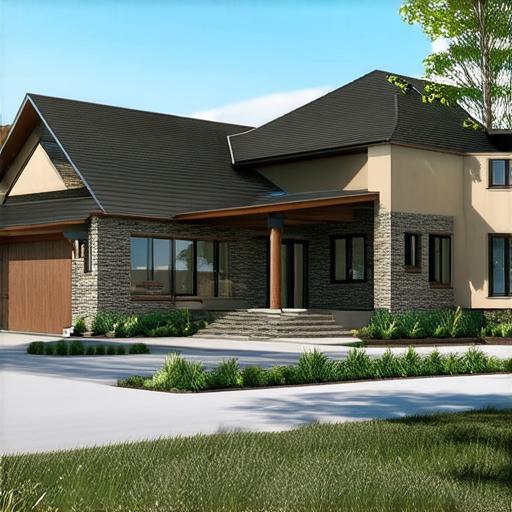Virtual reality (VR) technology has revolutionized the way we interact with digital environments. From gaming to training simulations, virtual tours offer a unique and immersive experience that can transport users to distant locations or even inside homes they’ve never been to before. In this guide, we will explore the virtual tour of an 8-bedroom house, using SEO techniques to optimize our article for search engines and attracting traffic from our target audience of VR developers.
1. Introduction: Why Virtual Tours are Important in Real Estate
Before diving into the details of the virtual tour, let’s first discuss why virtual tours are essential in real estate. With the rise of online shopping and remote work, people are increasingly looking for ways to experience properties without physically being there. This is where virtual tours come in handy, providing a realistic and interactive way to explore properties from anywhere in the world.
In addition, virtual tours can help reduce costs associated with traditional property viewings, such as transportation expenses and scheduling conflicts. They also provide a 24/7 availability for potential buyers, which can lead to more engagement and conversions. Furthermore, virtual tours offer an opportunity to showcase properties in a unique and memorable way, which can set them apart from other listings on the market.
2. The Virtual Tour Experience: A Step-by-Step Guide
Now that we’ve established why virtual tours are important let’s take a closer look at what a typical virtual tour experience entails.
- Setting up the VR Headset: Before starting the virtual tour, users will need to set up their VR headset. This involves installing the necessary software and calibrating the device to ensure a comfortable and immersive experience.
- Choosing the Property: Users can then select the property they would like to explore from a list of available options. The virtual tour can be either a 360-degree or first-person perspective, depending on the user’s preference.
- Exploring the Property: Once the property is selected, users can navigate through the virtual space using hand controllers or voice commands. They can move around the property, explore different rooms, and interact with objects such as doors, windows, and appliances.
- Customizing the Experience: Virtual tours can also be customized to suit the user’s preferences. Users can adjust lighting, add furniture, and change the time of day to create a more personalized experience.
- Ending the Tour: After exploring the property, users can end the virtual tour by removing their VR headset.
3. Case Studies: How Virtual Tours have Improved Real Estate

Now that we’ve covered the basics of a virtual tour let’s look at some real-life examples of how this technology has improved the real estate industry.
- Increased Engagement: A study by Rightmove found that properties with virtual tours received 40% more views than those without. This increased engagement can lead to more potential buyers showing interest in a property, which can ultimately result in more sales.
- Reduced Costs: By offering virtual tours instead of traditional viewings, real estate agents can save on transportation costs and scheduling conflicts. This can also reduce the number of physical viewings required, leading to cost savings for both agents and buyers.
- Improved Accessibility: Virtual tours provide an opportunity for potential buyers to explore properties from anywhere in the world. This is especially important for those with mobility issues or who live far away from the property.
- Unique Marketing Opportunities: Virtual tours offer a unique way to showcase properties and set them apart from other listings on the market. Real estate agents can use this technology to create memorable experiences that will attract potential buyers.
4. Best Practices for Creating a Virtual Tour
Now that we’ve seen how virtual tours have improved real estate let’s take a look at some best practices for creating a successful virtual tour.
- High-Quality Imagery: The quality of the imagery used in a virtual tour is crucial to creating an immersive and realistic experience.
